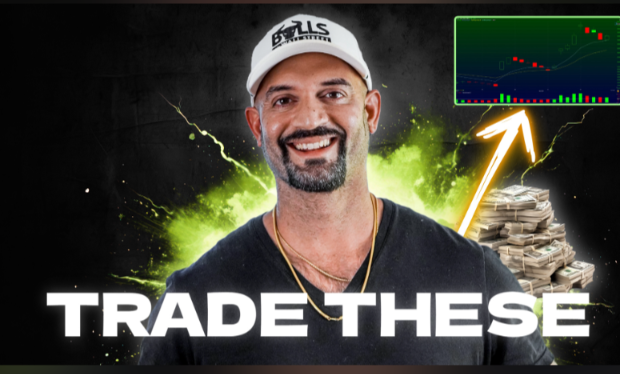Emotions are an inevitable component of human trading. Emotions get in the way of being able to see the market from an objective standpoint. Therefore in order to have successful trading as a human, you need to understand how to prevent emotions from becoming a major factor in your trading decisions.
This is especially important when you’re trading volatile, momentum stocks. Getting too emotional can result in you failing to obey your stop losses, taking profits too early, chasing bad entries, and many other bad outcomes for your capital.
You need to be self-aware and know when you’re starting to get emotional, and what you can do to prevent emotions from affecting your trading decisions. Here are 5 ways you can minimize the effects of emotions on your trading:
Prepare Before The Market Opens
Proper preparation will eliminate a lot of emotions in your trading, and the surprises the market might throw at you that trading day. You need to create a watchlist either the night before or during premarket in the morning of stocks that fit the setups you perform best in. For every stock on your watchlist, you should have an entry and exit strategy prepared.
Momentum stocks move so fast that you need to know beforehand what prices you will be looking to enter at, where your stop loss will go, how much money you will risk, and at what prices you will start to take profits at.
Trading becomes much simpler when you prepare. Once you’re in the trade, the stock either hits your stop or your profit target. You know exactly what will happen in either scenario.
Know Exactly How Much Money You’re Risking Every Trade
As mentioned above, you need to know exactly how much you should be risking on each trade you’re looking to take. This allows you to know the worst-case scenario. If you’re looking to long a stock if it breaks over $40, and your stop loss would go at 38$, you need to know how much money of your account you will risk in order to figure out how many shares you would take.
If you’re risking $200 on this trade, you would buy 100 shares of the stock in this scenario. Knowing exactly what the worst-case scenario will be on trade will take away the fear in you. Learn more about how to place your stop loss correctly in this article.
Risk Proportionally to Your Account Size
If you’re risking 50% of your account on a trade you will most likely be trading with a lot of fear. You need to be risking a small enough proportion of your account that your life/net worth would hardly be affected if you lost the money.
Ideally, you’re risking no more than 1%-2% of your account size, but this number will vary based on your risk tolerance. If you feel like you cannot leave your computer to go to the bathroom or grab lunch, you need to be reducing your position sizes.
Hide Your Unrealized PNL
Watching your PNL fluctuate is an easy way to distract yourself from what the market is telling you. It can lead you to take profits too soon, since you will see yourself up a certain amount on a trade, and you will think that number is good enough to take profits.
Watching how much you’re up or down in a trade will shift your attention to the money on the line rather than what the market is signaling. You should hide your unrealized PNL, and just have the chart of the stock you’re trading up in front of you.
Leave Your Computer/ Stop Trading
When you feel yourself getting emotional during the trading day, a great way to calm yourself down is to step away from the screens. Go outside, get some fresh air, and don’t come back until your emotions have subsided. If it’s past 11am and you’re a day trader, it is rarely a good idea to be putting on a bunch of new trades.
Everything is much choppier past this time, and it is not the time to be trying to make back lost money. Instead, use this time to prepare how you will trade these stocks the next trading day in the morning. Afternoon trading will more often than not just make you even more stressed out and red on the day.
Don’t Miss our Live Webinar on Monday 1/27
“I fear not the man who has practiced 10,000 kicks once, but I fear the man who has practiced one kick 10,000 times.”
In our live webinar, we will show you how to find and master a ONE trading niche, and avoid the noise.
Click here to sign up for the webinar



